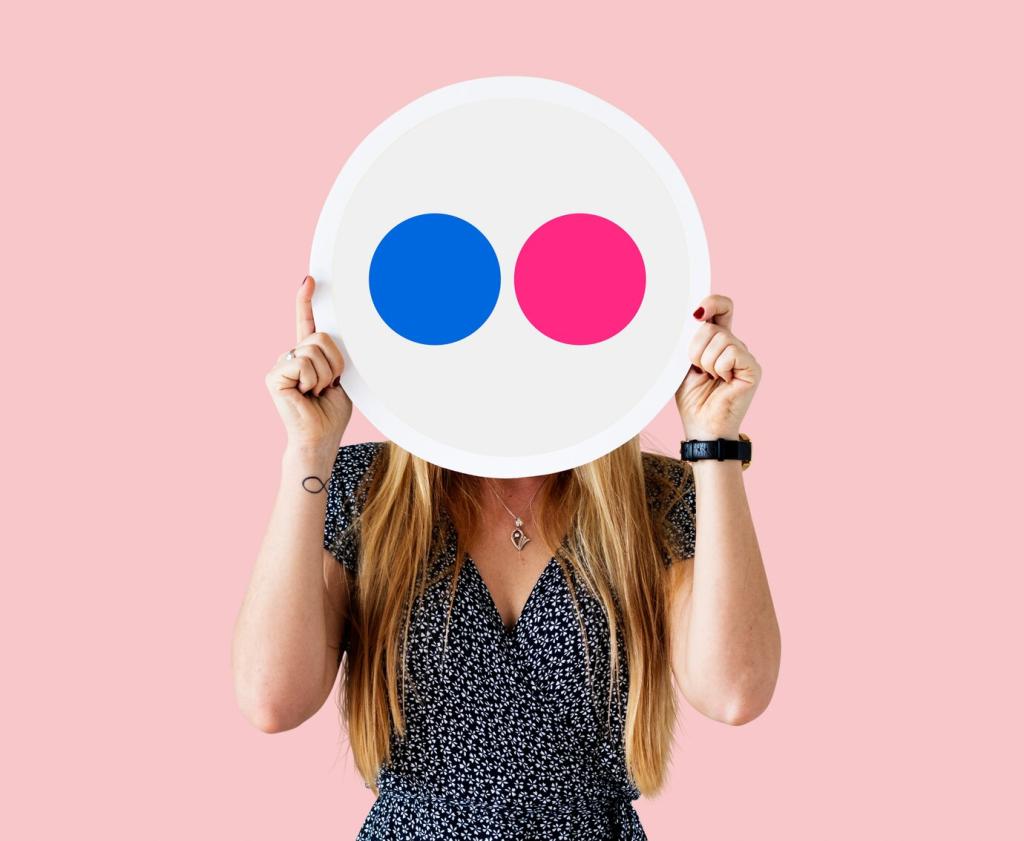Light, Shade, and Eco Palettes That Breathe
North light is cool and even, making warm clay neutrals feel welcoming. South light is strong, so muted mineral greens prevent glare. East light flatters blues at breakfast, while west light loves amber tones. Share a photo of your sunniest wall, and we will suggest an eco palette.
Light, Shade, and Eco Palettes That Breathe
Lighter, matte, low-VOC paints can bounce daylight deeper into rooms, reducing reliance on artificial lighting. Pair off-whites with light wood and linen to amplify natural glow. Track your lighting hours for a week and tell us if brighter walls changed your energy habits.
Light, Shade, and Eco Palettes That Breathe
As dusk falls, warming earth tones and soft terracottas encourage conversation and calm. Choose water-based, third-party certified coatings to maintain indoor air quality during cozy evenings. Subscribe for certified paint cheat sheets and dusk-friendly color recipes.
Light, Shade, and Eco Palettes That Breathe
Lorem ipsum dolor sit amet, consectetur adipiscing elit. Ut elit tellus, luctus nec ullamcorper mattis, pulvinar dapibus leo.



